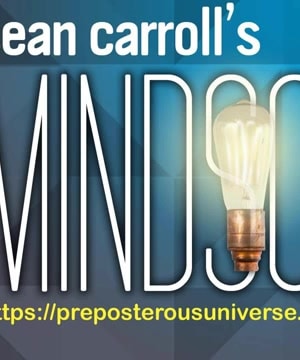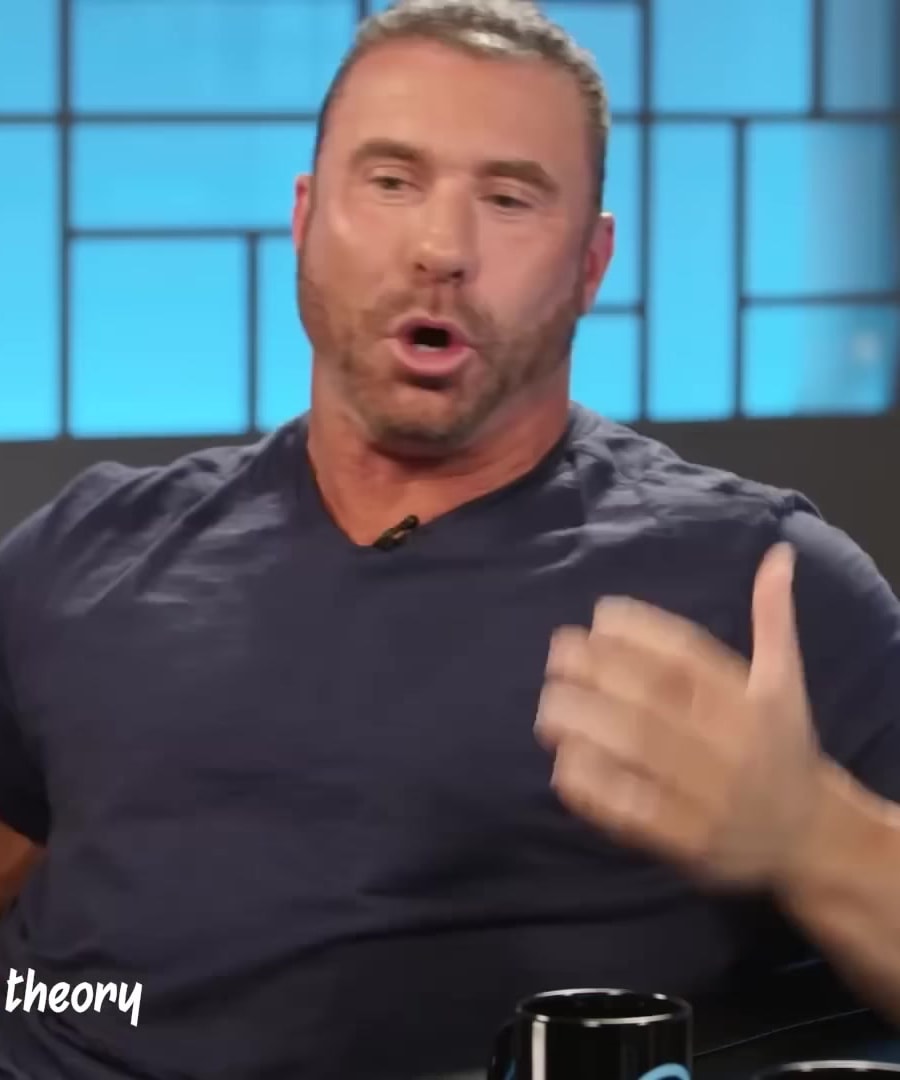How does motion create emotion?
Sources:
Motion and emotion are intricately linked through several mechanisms in the brain and body. Here's a summary of how this relationship works according to expert discussions:
-
Brain and Body Systems: explains that when the brain anticipates a movement, it initiates motor plans. These plans are not just for physical movement but also involve visceral elements like heart rate and breathing changes. Copies of these motor signals are sent to the sensory areas of the brain, informing subsequent feelings and perceptions as a predictive response. Essentially, the body prepares for action before the conscious feeling or emotion is experienced 1.
-
Action Programs and Emotion: According to , emotions are essentially action programs that the body initiates in response to various stimuli. These actions can be simple physical movements or complex series of actions that evoke emotions. The feelings we experience such as joy, sadness, or fear, are sensory experiences of these actions 2.
-
Physical Movement Influencing Emotion: discusses how the act of moving our bodies in certain ways can directly impact our emotional state. For example, vigorous activity or energetic gestures can elevate mood and are incompatible with feelings like depression, highlighting a direct connection between how we move and how we feel 3.
-
Emotion as Energy in Motion: Emotion is described as 'energy in motion' by Porangui, emphasizing that engaging in physical expressions like dance and music can be therapeutic. It helps move and manage emotional energy, linking physical activity with emotional release 4.
In summary, there is a multifaceted interaction where the preparation for movement impacts emotional experience, and emotions themselves can be understood as complex sequences of actions initiated by the body.
RELATED QUESTIONS-


